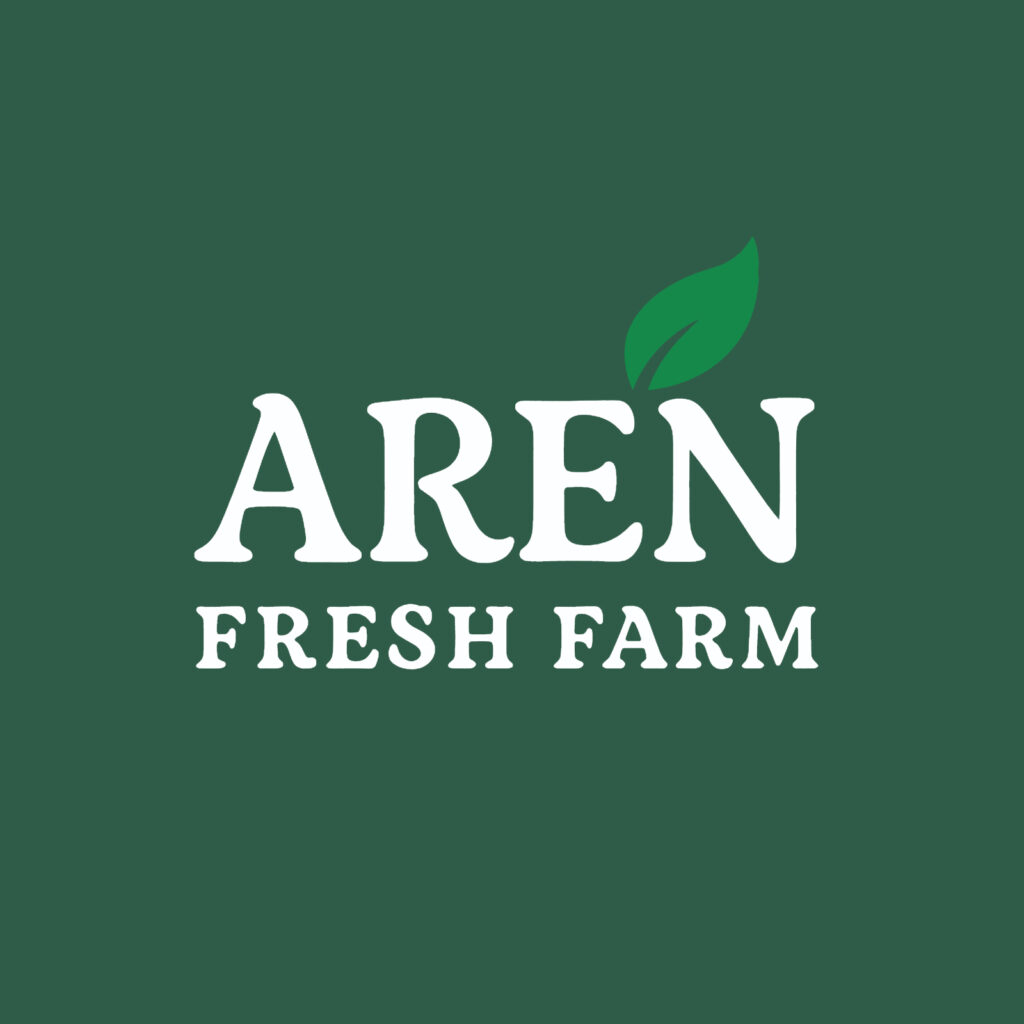Introduction: Two Traditions, One Table
Iran and Mongolia — two countries thousands of kilometers apart — share a deep cultural bond with livestock and meat consumption.
In both nations, meat is not merely food; it is heritage, strength, and pride.
Yet despite this common ground, the quality, taste, and nutritional composition of Mongolian meat and Iranian meat differ greatly due to climate, feeding practices, animal breeds, and handling methods.
At Sobhan Food, where we specialize in distributing Mongolian frozen meat across Iran, understanding these distinctions is essential. Our goal is to help Iranian consumers, wholesalers, and retailers recognize why Mongolian meat is gaining popularity — not as a substitute, but as a complementary premium option to Iranian domestic meat.

1. Geographic and Climatic Factors
The first and most fundamental difference lies in climate and geography, which directly affect the muscle texture, fat composition, and flavor of the meat.
Mongolia:
Mongolia’s vast open steppes and high-altitude plains are characterized by harsh winters and dry summers. Animals such as cattle, sheep, and goats graze freely across natural pastures that stretch for hundreds of kilometers.
Because of this free-range lifestyle, Mongolian livestock develops:
-
Dense muscle fibers from constant movement
-
Low fat content (leaner meat)
-
High natural protein density
-
Unique earthy aroma from grass and wild herbs
This environment gives Mongolian meat its famous “wild-grazed” character — clean, robust, and full of natural flavor.
Iran:
Iran’s livestock industry spans diverse climates — from cold northwest mountains to warm southern plains. Many Iranian farms have semi-intensive systems where animals are partly fed on grass and partly on feed grains.
This combination produces:
-
Softer meat texture
-
More intramuscular fat (marbling)
-
Sweeter and milder taste
Thus, Iranian meat tends to be more tender and familiar to local consumers, while Mongolian meat has a more strong, rustic flavor that appeals to chefs and high-protein consumers.
2. Feeding and Grazing Methods
Mongolian Meat – 100% Grass-Fed
Mongolian cattle and sheep feed almost exclusively on natural pasture herbs, without industrial feed or artificial supplements.
This diet gives the meat:
-
A lower cholesterol profile
-
More Omega-3 fatty acids
-
Natural antioxidants (from wild plants)
-
Distinctive aroma and darker color
Because no antibiotics or growth hormones are used, Mongolian meat is often labeled as naturally organic, though not always certified.
Iranian Meat – Mixed Feeding
In contrast, most Iranian livestock consume a balanced mix of grass, alfalfa, barley, corn, and industrial feed, depending on the farm region.
This allows for faster weight gain and more predictable fat content, making Iranian meat ideal for urban markets where consistency is preferred.
However, the mixed feeding system slightly increases:
-
Fat and calorie levels
-
Flavor uniformity (less wild aroma)
-
Production efficiency (better cost control)
3. Breed and Animal Genetics
Mongolian Breeds
Mongolia raises indigenous cold-resistant breeds such as Mongol cattle, yak–cattle hybrids, and steppe sheep.
These breeds have evolved over centuries to survive in low temperatures and rough terrains. As a result:
-
Their meat fibers are tight and firm
-
Meat color is deep red
-
Shelf life (when frozen) is longer due to lower fat oxidation
Iranian Breeds
Iranian breeds — such as Sarabi, Kurdi, Mazandarani, and Sistani cattle — are adapted to local climates and are often cross-bred for productivity.
They typically produce:
-
Softer, lighter-colored meat
-
Moderate fat layers
-
Balanced flavor, suitable for everyday cooking
In simple terms: Mongolian meat is stronger and denser, while Iranian meat is smoother and milder.
4. Processing, Hygiene, and Export Standards
Mongolian Meat Processing
Mongolia exports meat primarily to China, Russia, and now the Middle East, following international slaughter and packaging protocols supervised by the Mongolian Veterinary Authority.
Most exported meat is frozen immediately after slaughter in certified facilities, preserving nutritional value and freshness for long-distance transport.
Key standards include:
-
Strict veterinary inspection
-
Export-grade vacuum packaging
-
-18 °C cold-chain logistics
-
Traceability codes for every batch
At Sobhan Food, we import Mongolian frozen meat under these same protocols, ensuring that Iranian consumers receive clean, halal, and traceable meat comparable to international standards.
Iranian Meat Processing
Iranian slaughterhouses follow domestic regulations under the Veterinary Organization of Iran. While the standards are generally high, consistency may vary region to region.
Iranian fresh meat reaches markets faster, but with shorter shelf life compared to vacuum-packed frozen Mongolian meat.
Local distribution often depends on same-day delivery systems rather than long-term storage.
5. Taste, Aroma, and Cooking Behavior
For chefs and consumers, taste and texture matter most.
Mongolian Meat
-
Taste: Rich, earthy, and slightly game-like
-
Texture: Firm and lean; ideal for stews, grilling, and kababs
-
Aroma: Deep grassland scent that intensifies with heat
-
Cooking behavior: Shrinks less during cooking due to low fat and water content
Because of its lean texture, Mongolian meat suits slow-cook dishes, pressure-cooked stews, and smoky grills. Restaurants seeking a distinctive international flavor often prefer it.
Iranian Meat
-
Taste: Mild, slightly sweet, familiar to local palates
-
Texture: Tender and juicy due to higher fat content
-
Aroma: Softer and less intense
-
Cooking behavior: Melts slightly faster and delivers smooth texture in kebabs and traditional dishes
For traditional Iranian recipes such as Kabab Koobideh or Ghormeh Sabzi, domestic meat remains a popular choice due to tenderness and aroma balance.
6. Nutritional Comparison
| Nutritional Aspect | Mongolian Meat | Iranian Meat |
|---|---|---|
| Fat Content | Lower (lean) | Moderate |
| Protein | Higher | Balanced |
| Cholesterol | Lower | Slightly higher |
| Omega-3 | Higher | Lower |
| Vitamin E / Antioxidants | Naturally higher | Moderate |
| Calories per 100 g | 160–180 kcal | 200–230 kcal |
This comparison shows why athletes, diet-conscious consumers, and fitness enthusiasts are turning toward Mongolian meat — it provides high protein with lower fat and cholesterol.
7. Market and Price Difference
Mongolian Meat in Iran
Imported Mongolian frozen meat — distributed by Sobhan Food — is generally more affordable than premium Iranian beef because of large-scale Mongolian production and efficient logistics.
It offers stable supply and pricing, especially in seasons when domestic production drops.
Its clean reputation and traceable origin have increased trust among supermarkets, butchers, and industrial buyers.
Iranian Meat Market
Iranian fresh meat has a strong cultural attachment, viewed as a local premium. However, prices fluctuate due to feed cost, weather, and supply chain challenges.
While freshness remains its advantage, Iranian meat faces limitations in export competitiveness due to cost and infrastructure.
8. Consumer Perception and Culinary Application
Iranian consumers traditionally prefer fresh meat, but awareness of imported frozen products is growing. With the right communication and quality assurance, Mongolian meat is now recognized for:
-
Health benefits (leaner protein)
-
Longer shelf life
-
International-grade safety
-
Competitive price
Many Iranian restaurants, hotel kitchens, and caterers have already started blending Mongolian and Iranian cuts to balance tenderness and flavor.
For example:
-
Koobideh: 70% Iranian + 30% Mongolian for richer protein and less fat.
-
Stew dishes: 100% Mongolian for long cooking times and aroma strength.
-
Industrial uses: 100% Mongolian frozen meat for sausage or canned meat factories.
9. Environmental and Ethical Aspects
Sustainability in Mongolia
Because livestock graze naturally, Mongolian meat production has low environmental impact — minimal feed production, lower greenhouse gas intensity, and no concentrated waste systems.
Sustainability in Iran
Iran’s mixed farming systems use more feed and water, but with better veterinary control and more predictable animal health. The key challenge is balancing sustainability with productivity.
Both systems have strengths: Mongolia emphasizes natural balance, Iran ensures food security.
10. Why Sobhan Food Chooses Mongolian Meat
At Sobhan Food, we carefully studied market demands before introducing Mongolian meat to Iranian buyers.
Our distribution strategy focuses on three core values:
-
Quality Assurance – Every batch imported from Mongolia is HALAL-certified, laboratory-tested, and handled under strict temperature control.
-
Affordability – By managing direct supply from Mongolian producers, we offer competitive pricing while maintaining high quality.
-
Consistency – Through frozen logistics and controlled packaging, customers receive uniform quality in every shipment.
Whether you are a restaurant owner, butcher, or household buyer, Sobhan Food ensures that Mongolian meat meets your expectations — from protein value to price stability.
To have more information about our Mongolian meat, contact us.
Conclusion: Two Meats, Two Stories, One Choice

Both Mongolian and Iranian meat represent distinct culinary traditions.
Iranian meat remains a cornerstone of local cuisine — tender, familiar, and comforting.
Mongolian meat brings a new dimension — lean, wild, and full of authentic flavor from nature’s purest grasslands.
For Iranian consumers seeking healthier, more affordable, and internationally certified meat, Mongolian meat distributed by Sobhan Food offers the best of both worlds: global quality with domestic availability.
As food trends evolve, the future of Iran’s meat market lies not in competition but in complementation — where Sobhan Food connects Mongolia’s natural pastures with Iran’s rich dining traditions.
Because at the end of the day, good meat is not about origin — it’s about trust, nutrition, and taste.
Source: Lumana



